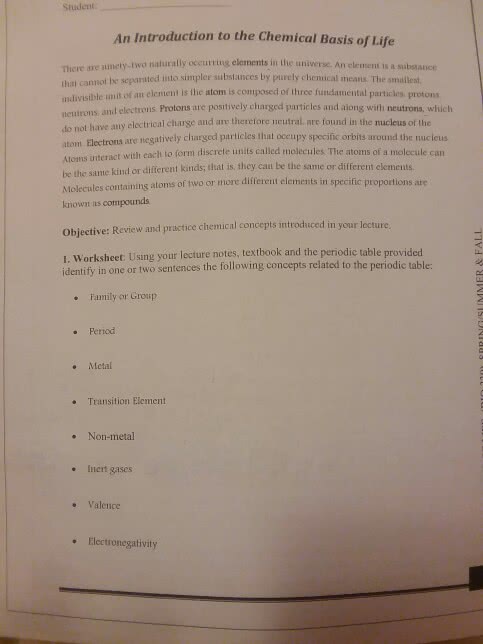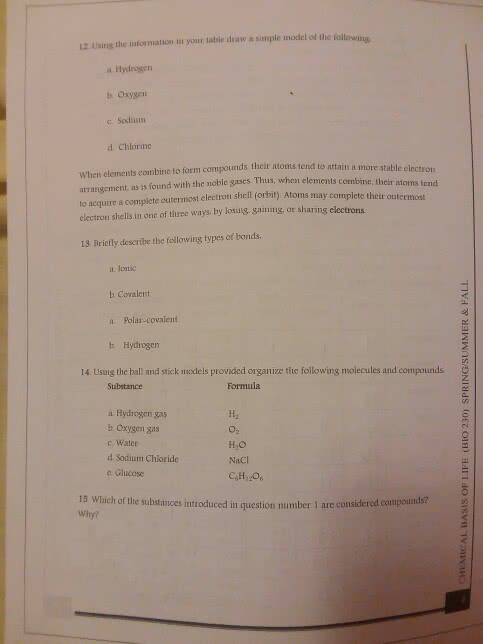NUTR 120 Lecture Notes - Lecture 2: Sucrase, Anabolism, Long Term Ecological Research Network
Document Summary
Chemistry and physiology chemistry study of composition and characteristics of matter human physiology study of how human body functions humans are made up of chemicals, mostly organized into cells matter is made up of atoms that contain: Protons: positively charged particles in the nucleus. Electrons: negatively charged particles that surround the nucleus in a cloud ions electrically charged atom or group of atoms. A human has ~100 trillion cells organelles structures within cells that perform specialized functions. Organelles include nucleus, mitochondria, and ribosomes tissues collection of similar cells that perform specialized functions. Epithelial tissue: cells that form linings and coverings (skin) Connective tissue: cells that hold together, protect, and support organs (fat, bone, blood) organ collections of tissues that perform a speci c function system collection of organs that work together to perform a major function. Cardiovascular: main function is to circulate ood throughout the body. Respiratory: lungs enable body to exchange gases, mainly oxygen, and carbon dioxide.





